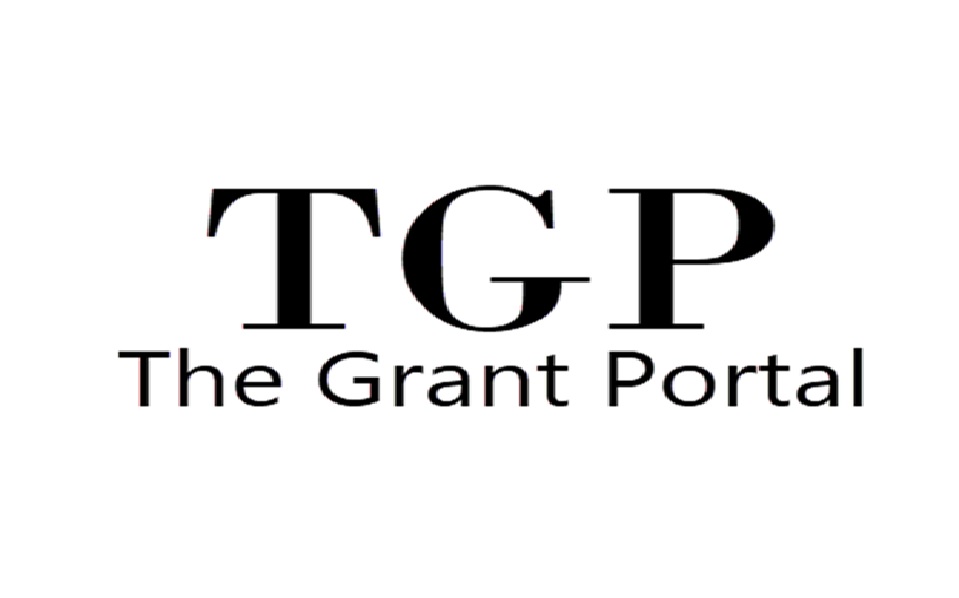
The best marketing programs for nonprofit organizations often depend on their specific goals, target audiences, and available resources. Nonprofits can benefit from a mix of marketing strategies and tactics to raise awareness, engage supporters, and achieve their missions. Here are some effective marketing programs for nonprofits:
**Content Marketing:**
– **Blogging:** Create a blog to share informative and engaging content related to your cause, organization, and the issues you address.
– **Social Media:** Use platforms like Facebook, Twitter, Instagram, and LinkedIn to share articles, videos, infographics, and other content.
– **Email Marketing:** Build and maintain an email list to send regular updates, newsletters, and appeals to your supporters.
**Social Media Marketing:**
– **Storytelling:** Share compelling stories and visuals that highlight the impact of your work.
– **Live Streaming:** Use live video on platforms like Facebook Live or Instagram Live to engage with your audience in real time.
– **User-Generated Content:** Encourage supporters to create and share content related to your cause or campaigns.
**Search Engine Optimization (SEO):**
– Optimize your website and content for search engines to improve your visibility in search results.
– Use relevant keywords related to your cause to attract organic traffic.
**Email Marketing:**
– Segment your email list to send targeted messages to different groups of supporters.
– Personalize emails and use compelling subject lines to increase open rates.
**Paid Advertising:**
– Consider running paid advertising campaigns on platforms like Google Ads and Facebook Ads to reach a wider audience.
– Use Google Ad Grants if you qualify for free advertising for nonprofits.
**Influencer Partnerships:**
– Collaborate with influencers and advocates who are passionate about your cause to help amplify your message.
– Influencers can share your content or participate in campaigns to reach their followers.
**Video Marketing:**
– Create short videos that explain your mission, showcase success stories, or highlight the challenges you address.
– Share videos on YouTube and social media platforms.
**Community Building:**
– Engage with your supporters and build a sense of community through forums, social media groups, and online discussions.
– Encourage peer-to-peer fundraising and advocacy.
**Events and Campaigns:**
– Promote special events, fundraising campaigns, and awareness initiatives through all marketing channels.
– Use event marketing platforms to manage registrations and promote events.
**Mobile Marketing:**
– Ensure that your website and emails are mobile-friendly.
– Consider using SMS marketing for urgent appeals and updates.
**Analytics and Measurement:**
– Use web analytics tools and social media insights to track the performance of your marketing efforts.
– Adjust your strategies based on data and insights.
**Advocacy and Grassroots Marketing:**
– Mobilize your supporters to become advocates for your cause.
– Provide them with tools and resources to contact policymakers or spread the word about your organization’s work.
**Partnerships and Collaborations:**
– Collaborate with other nonprofits, businesses, or government agencies to amplify your impact and reach a broader audience.
**Public Relations and Media Outreach:**
– Develop relationships with journalists and media outlets to secure media coverage for your organization and initiatives.
The best marketing programs for your nonprofit will depend on your unique mission and objectives. It’s essential to have a clear marketing strategy that aligns with your organization’s goals and the needs of your supporters. Regularly evaluate the effectiveness of your marketing efforts and make adjustments as needed to maximize your impact and reach. Check out www.thegrantportal.com



